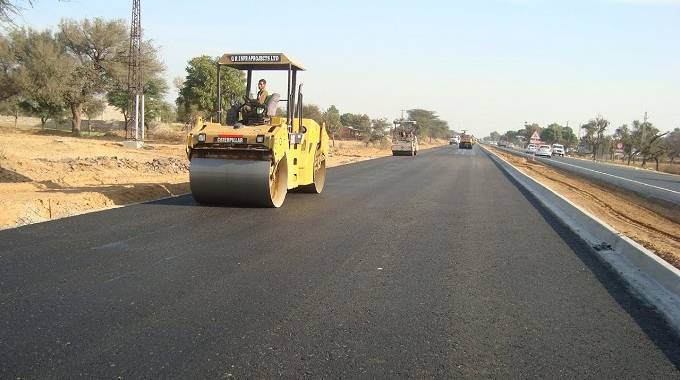by Staff Writer
Treasury has released ZW$480 million towards the Emergency Road Rehabilitation Programme as Government embarks on a massive project to revive road infrastructure following extensive damage across the country from ongoing heavy rains.
The programme which is being spearheaded by Vice President Constantino Chiwenga as Chairman of the Enhanced Cabinet Committee on Emergency Preparedness and Disaster Management, informed Cabinet that the Ministry of Finance and Economic Development had already released ZW$480 million towards the Programme.
“The Ministry of Transport and Infrastructural Development will lead the processes on the identification and prioritization of road infrastructure in need of rehabilitation; identification of scope of works, outlining of key activities and deliverables; development programme of works, bills of quantities and cash-flow plans; equipment mobilization and procurement of labour and materials; and project management, supervision and certification of completed works,” briefed Minister of Information, Publicity and Broadcasting Services, Monica Mutsvangwa.
Beneficiaries of the funds are the Department of Roads in the Ministry of Transport and Infrastructural Development, District Development Fund, urban and rural district councils.
In line with Government’s drive to empower local communities, local communities will be engaged under the Labour-Based Arrangement where casual work shall be parceled out to them on their respective stretches along the roads.
“The RDCs will be required, as part of capacity building, to run staff training programmes for machinery operators in their respective areas of jurisdiction.
“A programme to re-gravel rural roads, especially in areas with sandy soils, such as Nkayi District in Matabeleland North Province will be undertaken in order to ensure a reliable network of feeder roads which support socio-economic development,” she added.
The rehabilitation programme is targeting the following categories: regional trunk roads linking Zimbabwe with neighbouring countries; major highways connecting the main cities; major arteries in urban local authorities; rural access roads; and bridges and other drainage structures weakened or destroyed by flooding.




